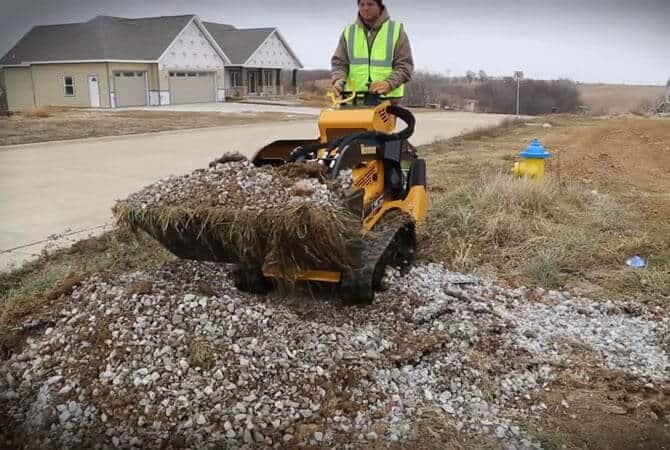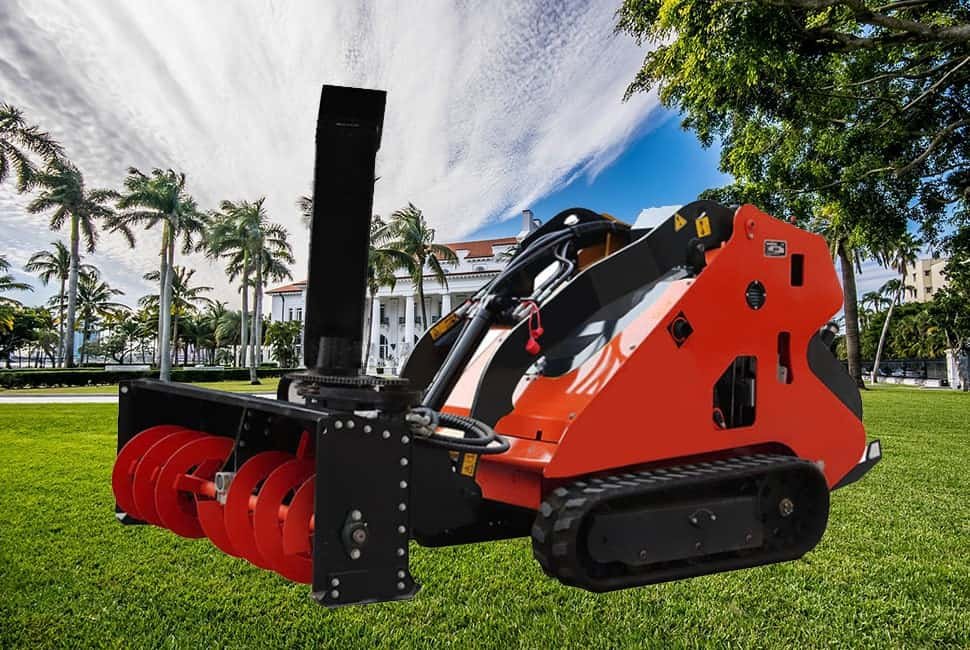Introduction
Are you about to operate a skid steer loader? Whether you’re a seasoned operator or a beginner, you must know the most common mistakes to avoid. Operating a skid steer loader without proper knowledge and training can lead to accidents, injuries, and damage to the equipment. In this blog, we will highlight the key mistakes that operators often make and provide valuable insights on how to avoid them.
We will guide you through the essential steps for safe and efficient operation, from lack of training and ignoring safety precautions to improper load management and neglecting maintenance. Stay tuned to enhance your skills and prevent costly errors when operating a skid steer loader.
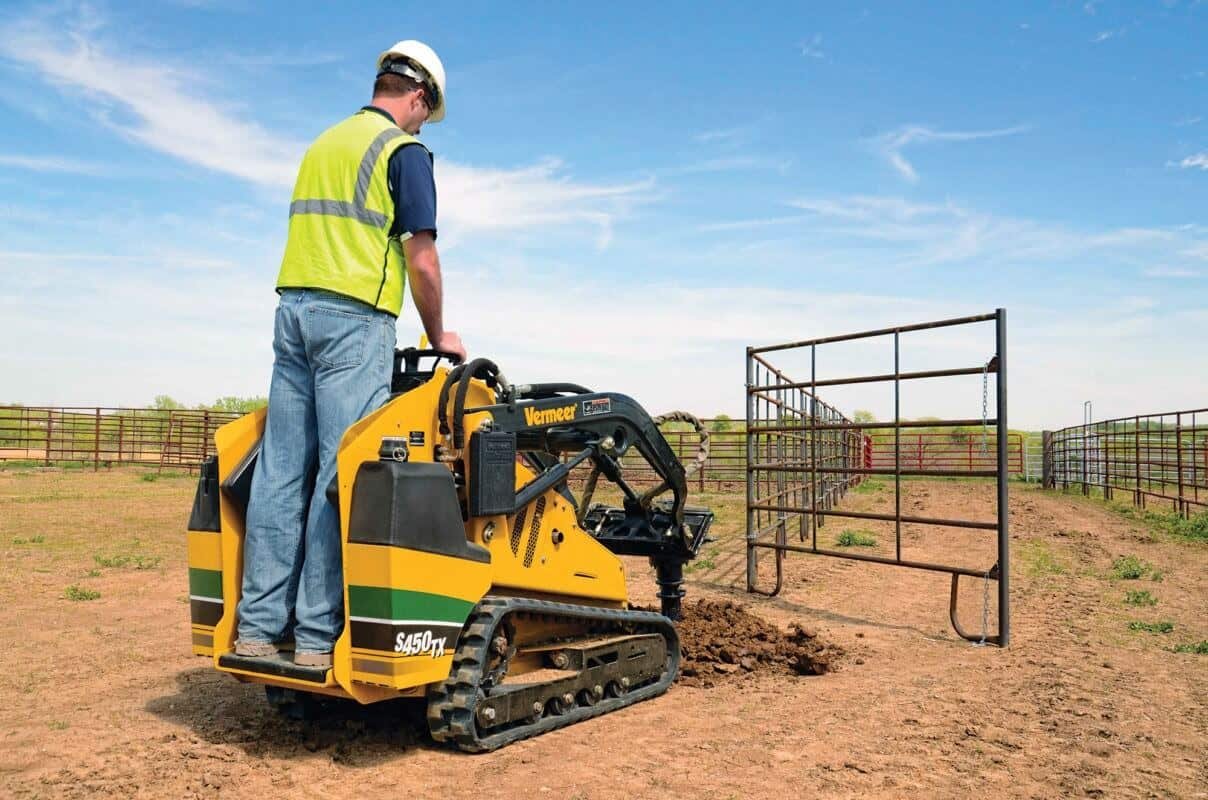
Lack of Proper Training and Familiarity When Operating a Skid Steer Loader
A lack of proper training and familiarity is a recipe for disaster when operating a skid steer loader.
Emphasize the Importance of Comprehensive Training and Certification.
Comprehensive training and certification are essential before considering stepping into the cab. You need the necessary knowledge and skills to put yourself and others at risk. Operating a skid steer loader requires understanding its controls, safety features, and operational procedures.
Discuss the Potential Risks of Operating a Skid Steer Loader Without Proper Knowledge.
Operating without proper training exposes you to a myriad of risks. You may not be aware of the machine’s weight distribution, which can result in instability and tipping. You might not know how to handle various terrain conditions, leading to accidents or damage to the equipment.
Additionally, the lack of familiarity with safety protocols can lead to hazardous situations, endangering your safety and the surrounding environment.
Provide Resources and Suggestions for Obtaining Adequate Training
To avoid these risks, it’s crucial to invest in adequate training. Seek out reputable training programs offering comprehensive skid steer loader operation courses. Look for certifications recognized within the industry.
Many equipment manufacturers provide training resources and programs tailored to their specific models. Take advantage of these resources to familiarize yourself with the machine’s features and best practices for safe operation.

Failure to Conduct Pre-operation Inspections
Explain the Significance of Pre-operation Inspections
One of the operators’ most common mistakes when operating a skid steer loader is failing to conduct pre-operation inspections. Neglecting this crucial step can lead to equipment failure, accidents, and costly repairs. Pre-operation inspections are essential to ensure the machine is properly working and safe.
Outline the Key Components to Inspect Before Starting the Machine
Before starting the skid steer loader:
- Take the time to inspect key components.
- Start with the tires or tracks, checking for any signs of damage or excessive wear.
- Examine the hydraulic system for leaks or loose connections.
- Inspect the engine compartment, looking for any loose or damaged parts.
- Check the operator’s compartment for cleanliness and functionality of controls.
- Don’t forget to inspect the safety features such as seat belts, lights, and warning alarms.
Offer a Checklist or Guide for Conducting Thorough Pre-operation Inspections
We’ve compiled a handy checklist to help you conduct thorough pre-operation inspections. It will guide you through the necessary steps to ensure that every aspect of the skid steer loader is in optimal condition. The checklist includes the following:
- Checking fluid levels.
- Inspecting the bucket or attachment.
- Testing the emergency stop button.
- Examining the backup alarm.
By following this checklist diligently, you can identify any issues or potential problems before they cause accidents or breakdowns.
Ignoring Manufacturer Guidelines and Safety Precautions
Ignoring manufacturer guidelines and safety precautions when operating a skid steer loader is a serious mistake with severe consequences. Manufacturers provide guidelines and instructions for a reason – to ensure their equipment’s safe and efficient operation. Disregarding these guidelines puts yourself, others around you, and the machine at risk.
Stress the Importance of Following the Manufacturer’s Instructions
It is crucial to stress the importance of following the manufacturer’s instructions in the letter. These instructions cover various aspects, including machine operation, maintenance, and safety procedures.
They provide valuable information on recommended operating techniques, load capacities, and limitations. Failure to adhere to these instructions can result in accidents, damage to the equipment, and even legal consequences.
Highlight Common Safety Precautions and Guidelines
In addition to the manufacturer’s instructions, common safety precautions and guidelines apply to skid steer loader operation. These include wearing appropriate personal protective equipment (PPE), such as helmets, safety glasses, and gloves, and ensuring proper communication on the job site.
It is also vital to avoid distractions while Operating a Skid Steer Loader and never exceed the recommended load capacity.
Discuss Potential Risks and Consequences of Not Adhering to These Guidelines
The risks of ignoring manufacturer guidelines and safety precautions are significant. Operating a skid steer loader beyond its recommended capabilities can lead to equipment failure, tipping, or loss of control. Failure to wear PPE or follow safety protocols can result in injuries from flying debris, falls, or accidents involving other workers on the job site.
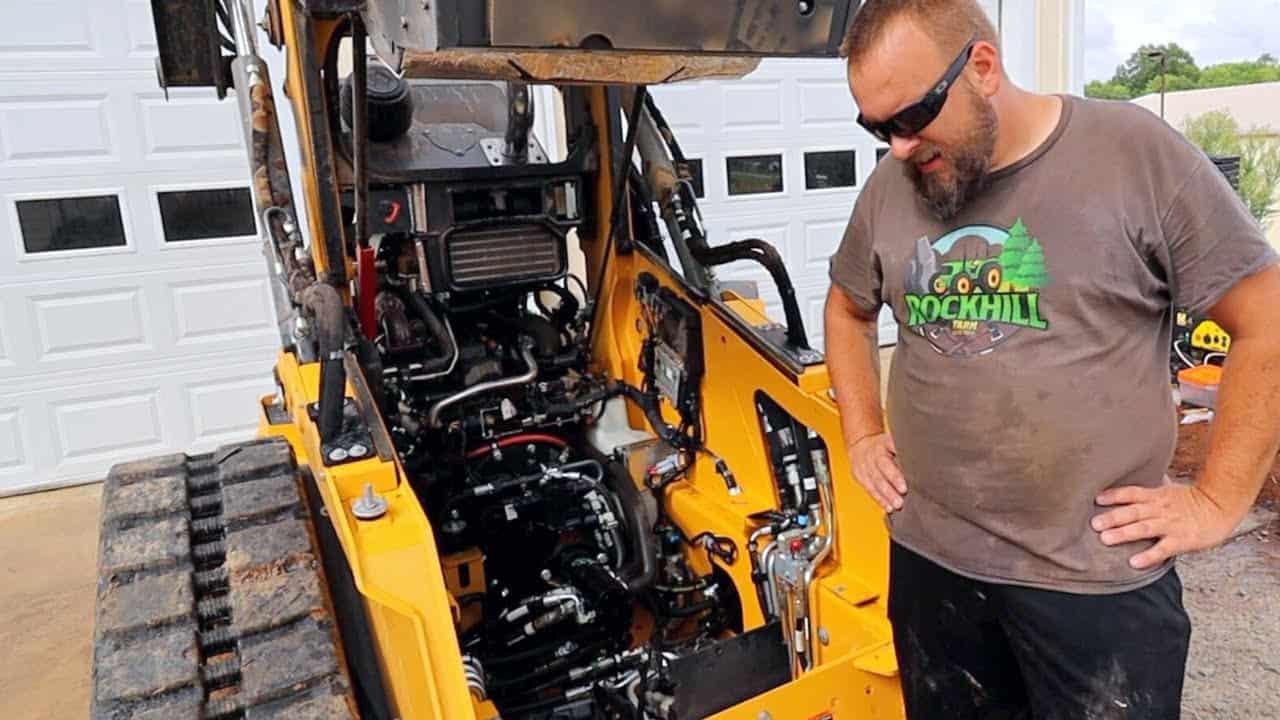
Improper Load Management and Attachment Usage
Explain the Importance of Properly Securing Loads
Improper load management and attachment usage when operating a skid steer loader can lead to hazardous situations and accidents. Understanding the importance of properly securing loads before lifting or moving them is crucial. Failing to do so can result in load shifting, tipping, or falling objects, endangering both the operator and those nearby.
Discuss the Risks of Improper Load Management.
The risks of improper load management are significant. Overloading the skid steer loader can cause instability and compromise its stability. It can also strain the machine’s components, leading to mechanical failures or breakdowns. Moreover, an unbalanced load can affect visibility and control, increasing the chances of accidents and collisions.
Provide Tips for Selecting and Using Attachments Correctly
To ensure proper load management:
- Start by assessing the weight and dimensions of the load.
- Make sure it is within the recommended capacity of the machine.
- Use appropriate attachments, such as forks, buckets, or grapples, based on the nature of the task.
It is essential to understand the capabilities and limitations of each attachment and select the right one for the job.
When using attachments, always follow the manufacturer’s guidelines and recommendations. Make sure they are securely attached and in good working condition. Inspect the attachment before each use to identify any signs of wear or damage. Additionally, be mindful of the load’s centre of gravity and distribute it evenly to maintain stability.
Inadequate Communication and Awareness
Inadequate communication and lack of awareness on the job site when operating a skid steer loader can lead to dangerous situations and potential accidents. Clear and effective communication is vital to ensure everyone is on the same page and aware of each other’s actions. Failure to communicate can result in collisions, entanglements, or even people being struck by the machine.
Highlight the Significance of Clear Communication on the Job Site.
Highlighting the significance of clear communication is crucial. It helps to prevent misunderstandings, coordinate movements, and maintain a safe working environment. By communicating effectively, you can inform others about your intended actions, such as starting or stopping the machine, and be aware of their presence and activities.
Discuss Potential Dangers When Not Coordinating With Others.
Not coordinating with others can have severe consequences. For example, someone working near the skid steer loader without your knowledge may inadvertently come into the machine’s path, leading to a collision or injury. Lack of communication can also lead to misinterpretation of signals or instructions, resulting in unsafe practices.
Offer Suggestions for Maintaining Effective Communication and Awareness
Establish clear communication channels on the job site to maintain effective communication and awareness. Use hand signals, radios, or other appropriate means of communication to relay important information. Before starting any operation, ensure that you are aware of other workers in the area and that they are aware of your presence as well.
Regularly communicate with your colleagues, supervisors, or site managers to discuss tasks, potential hazards, and safety protocols. Encourage an open and proactive approach to communication, where everyone feels comfortable speaking up about potential risks or concerns.
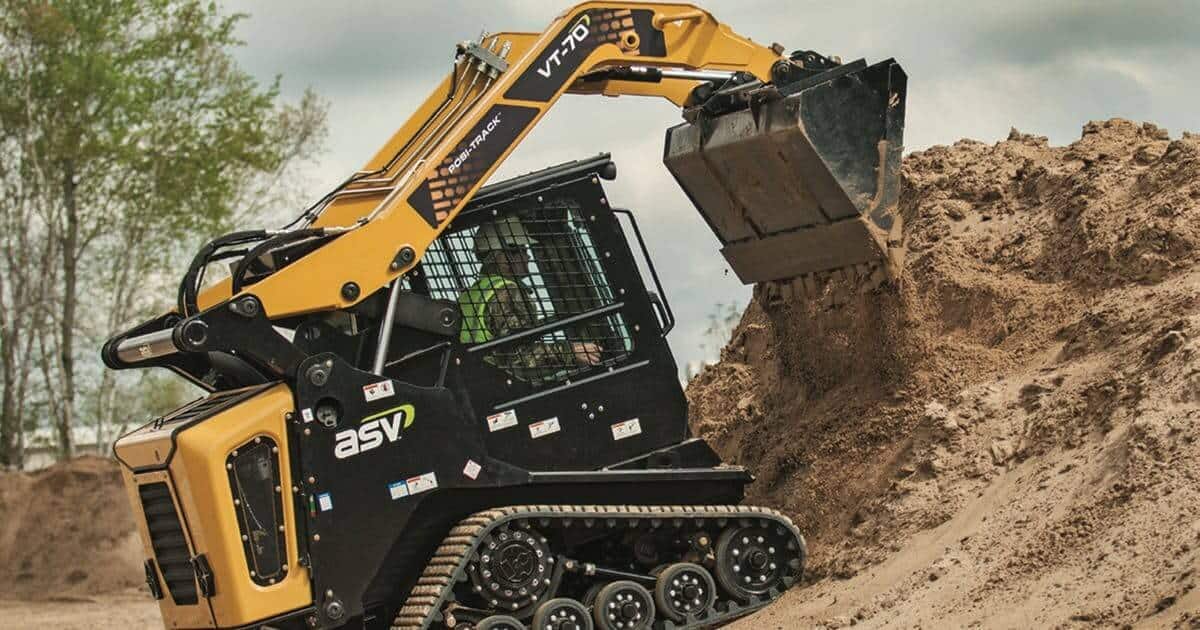
Speeding and Neglecting Terrain Considerations When Operating a Skid Steer Loader
Operating a skid steer loader at excessive speeds and neglecting terrain considerations can have disastrous consequences. Speeding increases the risk of accidents, loss of control, and tip-overs. Considering terrain conditions is essential to maintain stability, prevent damage to the machine, and ensure operator safety.
Maintain an appropriate speed by adhering to speed limits and adjusting them based on the terrain. Adapt to different terrains by reducing speed on uneven or slippery surfaces and using caution when navigating slopes or obstacles.
Failure to Maintain and Service the Skid Steer Loader
Failing to maintain and service your skid steer loader is a grave mistake. Regular maintenance and servicing are vital for the machine’s longevity, optimal performance, and operator safety. Neglecting maintenance can lead to breakdowns, costly repairs, and compromised functionality.
Follow a maintenance checklist and adhere to recommended servicing intervals to keep your skid steer loader in top shape.
Ignoring Proper Shutdown and Storage Procedures
Ignoring proper shutdown and storage procedures for your skid steer loader can result in damage, increased wear and tear, and decreased longevity. Properly shutting down the machine ensures a safe and smooth transition to storage. Follow a checklist to ensure you store the skid steer loader correctly, protecting it from environmental factors and maintaining its condition for future use.
Operating a Skid Steer Loader: Conclusión
Operating a skid steer loader requires knowledge, caution, and adherence to best practices. You can significantly enhance the equipment’s safety, efficiency, and longevity by avoiding the most common mistakes discussed in this blog, such as lacking proper training, ignoring safety precautions, and neglecting maintenance.
Prioritize safety, stay informed, and always follow manufacturer guidelines to ensure a successful and incident-free operation when operating a skid steer loader.
Contact Us today to consult our engineers on operating your skid steer loader.

